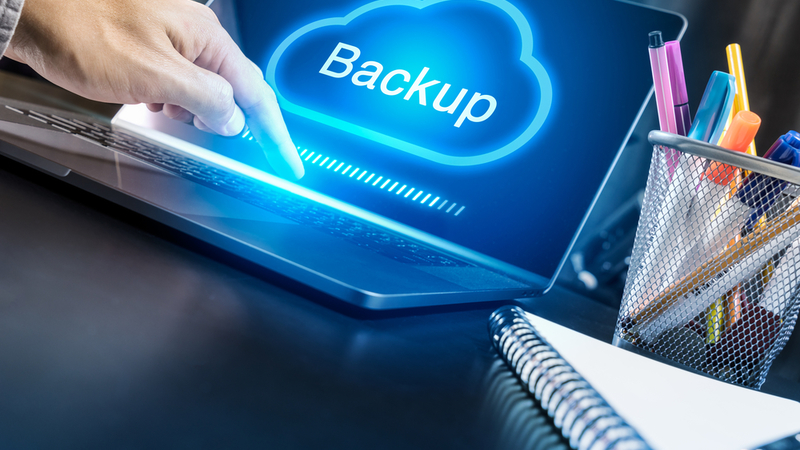Though a faulty device or clumsy accident can cost you all your precious files and photos in an instant, it's shocking how many people are not backing up their data, whether unintentionally or out of laziness. And it’s not just accidental damage or faulty products; computer viruses like ransomware, which literally hold your software ransom, have recently made world news.
However, all these pitfalls needn't be the cause of years' worth of lost data; though tedious, backing up your data is quick and very straight forward. To guide you along the way, we've put together this advice on how to back up data from your most-used devices.
Backing up from your computer
Firstly, we’ll take a look at the 2 key means of backing up all of your computer data that most people opt for. Though you're not limited to just one backup source, and may even want multiple sources of contingency, the number that you use will increase the time taken to set everything up.
External hard drives
Your computer stores all your files and data within an internal hard drive; however, you can also purchase individual external hard drives. These are similar to memory pens, except with a much larger capacity for storage. They'll typically connect to your powered-on computer, at which point you can transfer over your files, before ejecting and removing the device for storage in a safe place.
Once you’ve connected the hard drive, open 2 instances of Windows File Explorer, one for the folder in which your important data sits, and the other for your new external device. After that, it’s simply a case of dragging across the files that you want to back up.
You're able to leave the hard drive connected at all times, though this defeats the point somewhat, as any viruses that infect your computer could also infect the separate hard drive. Unfortunately, disconnecting the device means that backing up your data in this way is a completely manual process.
Cloud storage
If you've ever used an online service like Microsoft OneDrive or Google Drive, then you've already used a cloud storage solution. These services make it straight forward to create backups of your existing files, whilst providing a limited, yet reasonable amount of free storage space. If that's not enough, you can get more on a subscription basis.
Getting set up is quick and easy. If you have a Google account, then you’ll already have access to Google Drive. Similarly, if you have a Microsoft account, then you’ll be able to access OneDrive. Both services are similar in their functionality and it's not difficult to figure out what does what. For example, once you've logged into OneDrive, you can create new folders to separate your media, maintaining separate spaces for music, movies and documents. You can upload new files, move and share existing ones, or delete unwanted data.
However, it's worth keeping in mind that many cloud storage services synchronise files to a specific folder on your computer's physical, internal hard drive. If you delete a file from this folder, it will disappear from the cloud service, too.
Backing up from your smartphone
Of course, to back up any files and photos that exist solely on your smartphone, you could simply transfer them to your computer and then store them through one of the above 2 methods. However, that’s not the only way to secure your phone’s files.
One of the other effortless ways to back up your phone's data is by using the Google Photos application, for Android devices, or the iCloud service for iPhones. Through these app, all your pictures can automatically be synchronised to Google or Apple. Google’s service is the clear winner here, as you’ll get unlimited photo storage free of charge; however, Apple charge a fee for the use of their iCloud storage.
WiseGuys Support
Fortunately, a faulty device or damaged computer doesn’t always mean that your data is gone; in some cases, your files can still be recovered from a device that won’t power on. If you’re in this position, WiseGuys may be able to help you recover and back up your important files. If you need to speak to somebody, give us a call on 0808 123 2820.



Recent Comments